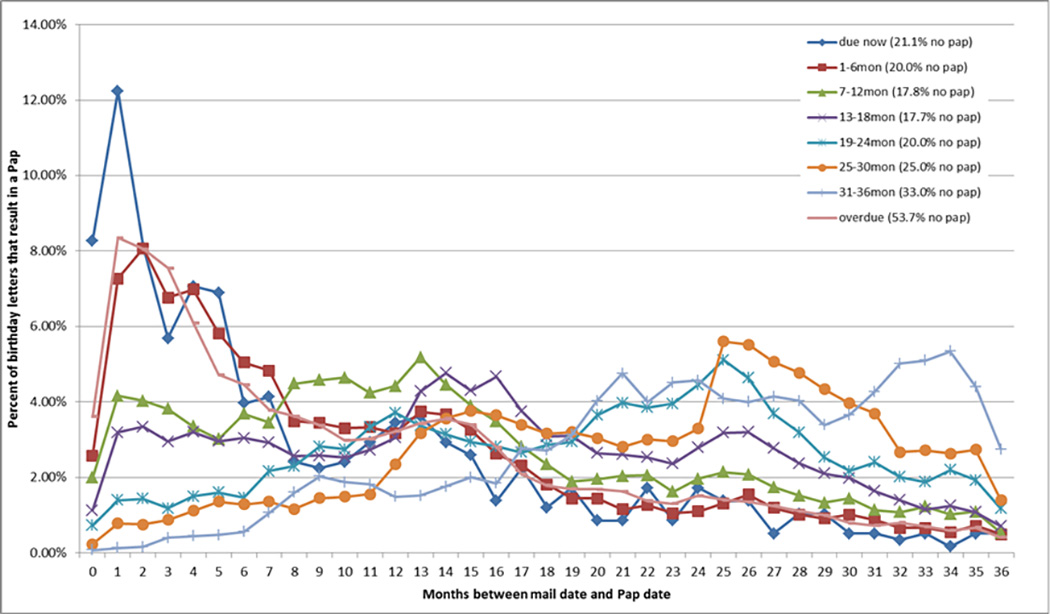Figure 3. Percent of women who received a Pap test within 36 months after receiving their birthday letter, according to their due dates.

Figure 3 applies to birthday letters only. It depicts the percent of women who received a Pap test within 3 years after receiving their birthday letter over time from 2009–2012 in Washington State. Each line represents a different group depending on when women were due. The first blue line represents women who were due now (within 1 month of receiving the letter) and shows the percent of women who received a subsequent Pap test peaked a 1 month and trailed off thereafter. The numbers in parentheses in the legend show that 21.1% of women who were “due now” did not have a Pap test within 36 months of receiving their letter. The red line represents women who were due between 1–6 months after receiving their letter, and the percent of women who came in after receiving their letter peaked at 2 months. Percents declined thereafter but women due 1–6 months after receiving their letter had Pap tests throughout the 36 months depicted in the figure. The green line shows that women due within 7–12 months after receiving their letter peaked at 13 months – but many came in for a Pap test before and after that time. The pink line represents the percent of women overdue for a Pap test at the time they received their letter. The percent of overdue women who received a Pap test peaked at 1 month following the letter and sharply declined thereafter with 53.7% of these women not receiving a Pap test within 36 months.
